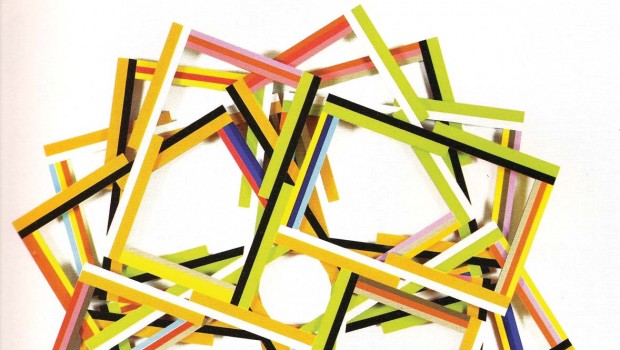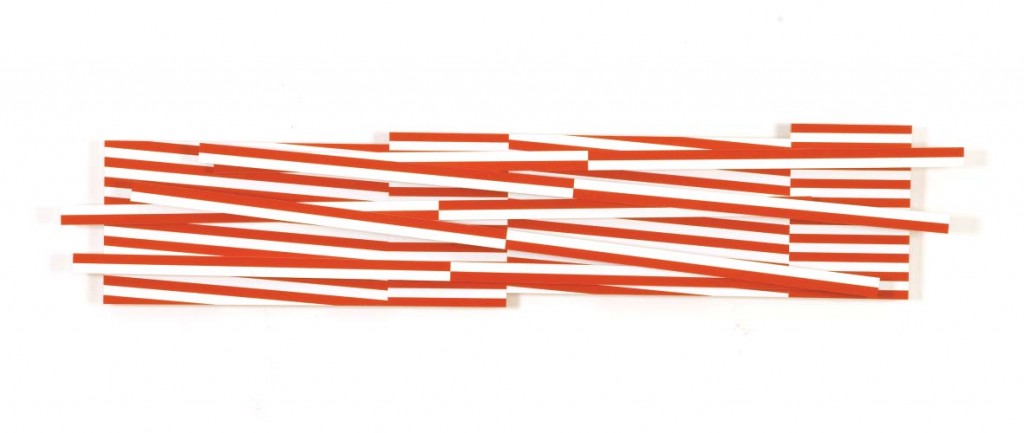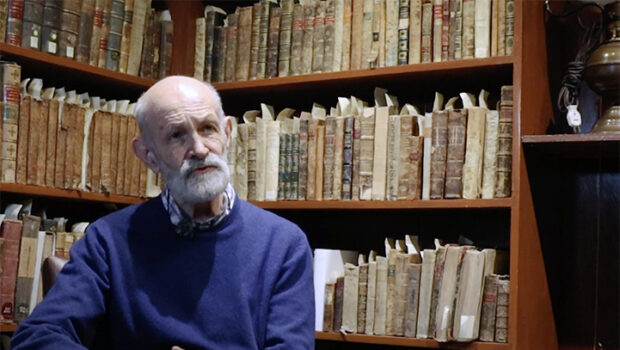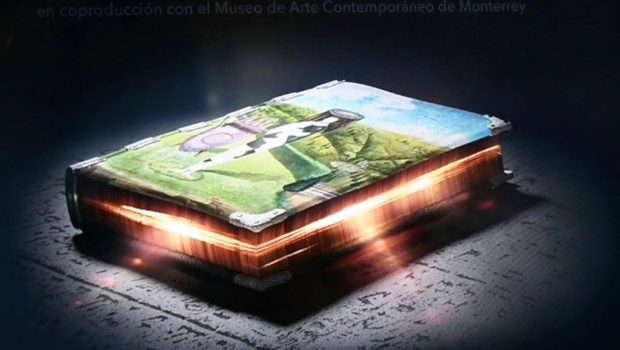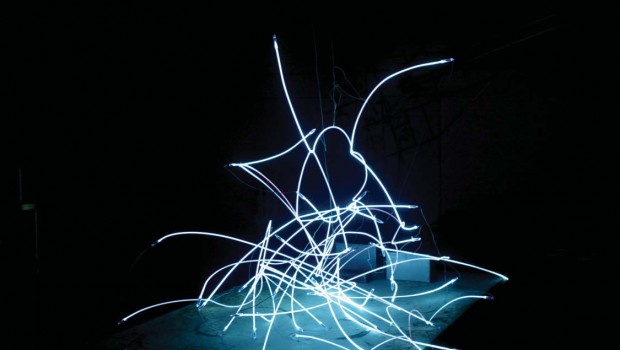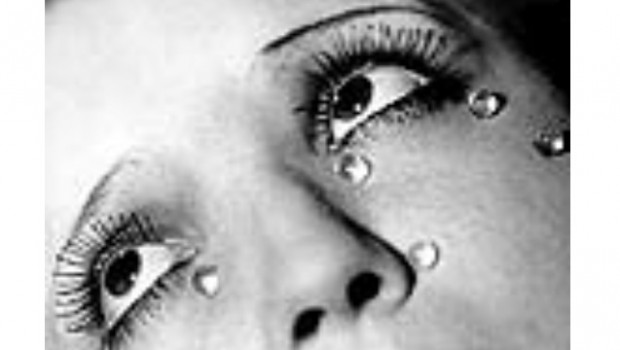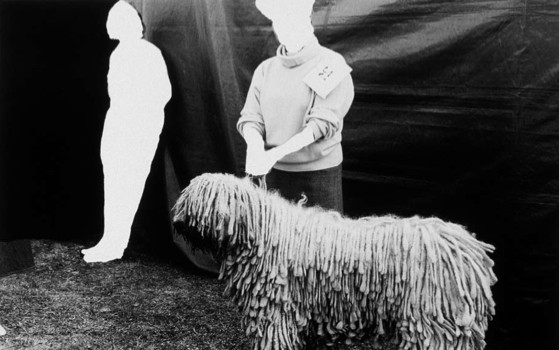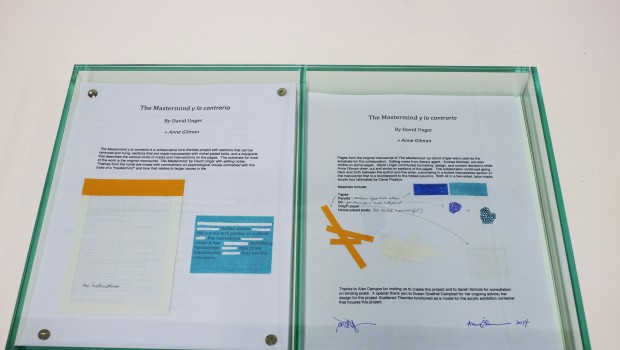The Poetics of Systems
Dieter Balzer
Download Complete PDF / Descargar
Dieter Balzer has developed his own modular system that allows for multiple combinations of identical elements. In this system, the elements relate to one another in such a way that any modification to either an element or a relationship entails a variation to all other elements or relationships. Thus, Balzer uses this strictly organized order in a way that does not leave single elements in isolation but always places them in necessary relation to others.
The artist also reinterprets the existing repertoire of concrete and constructive art and places it in a new context. He enriches the known vocabulary of form with an uncommon colorfulness. As Linde Hollinger suggests, the texture of the material is avoided by means of formal precision and a technically perfect surface. Personal handwriting, like characteristic brush strokes or canvas structure, is obsolete.
“Balzer moves around with a new pictorial world beyond iconographic or symbolic meaning.”
The logic, clarity and objectivity of his system demand an ongoing investigation, while the open grids of his structures interact with the wall. Balzer’s constructions propose subtle and intelligent problems to be resolved by the viewer. With his new works, the artist further reveals himself to be an expert in the poetics of system theory.
Matthias Harder, in an essay titled The Relativizing of the Object-Reference, explains how Dieter Balzer´s toys posses infi nite modular possibilities: “A small disturbance, stylized by Balzer, lends the picture series depth: the lines, given a convex appearance by the monitor, are turned slightly downwards at the upper edge and vice versus, slightly upwards at the lower edge. This minimal divergence from a strict parallel lining modifies the principle of linearity within the detail and thus the sense of infinity of the all-over-principle. This differentiates the photographs from his other works are oriented on geometric exactitude.”
In that regard, Balzer moves around with a new pictorial world beyond iconographic or symbolic meaning. As Matthias Harder mentions, “Balzer’s work is related to the generative light diagrams of a Gottfried Jäger of the Sixties and Seventies. Already in the Twenties, and since the Fifties in particular, has the conjunction of scientific and artistic photography into an abstract picture been in existence. Balzer´s goal, according to Gottfried Jäger, was the “creation of optimized structures for perception”.
Ultimately, the central element of Balzer’s work is the moment when order has not reached its purest form or when order itself starts to topple.
Balzer lives and works in Berlin. His work has been featured in many museums in Europe and in international exhibitions starting in 1989.
Posted: April 19, 2012 at 5:50 pm


